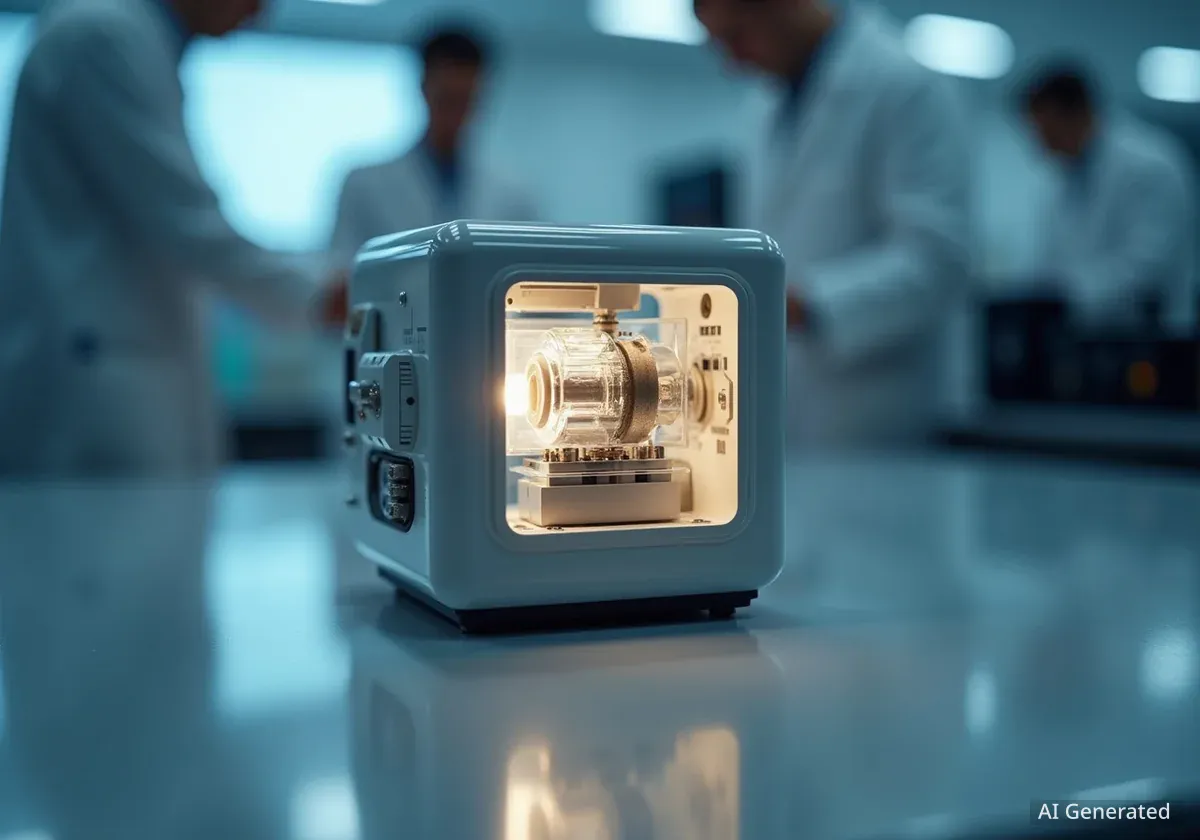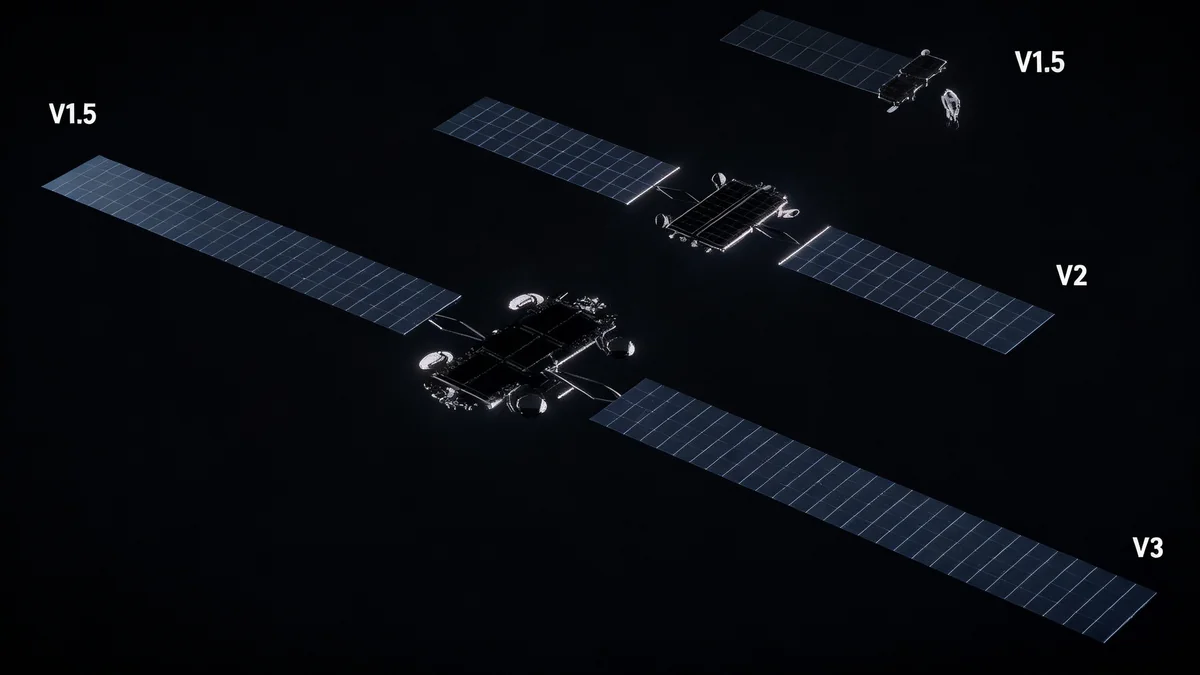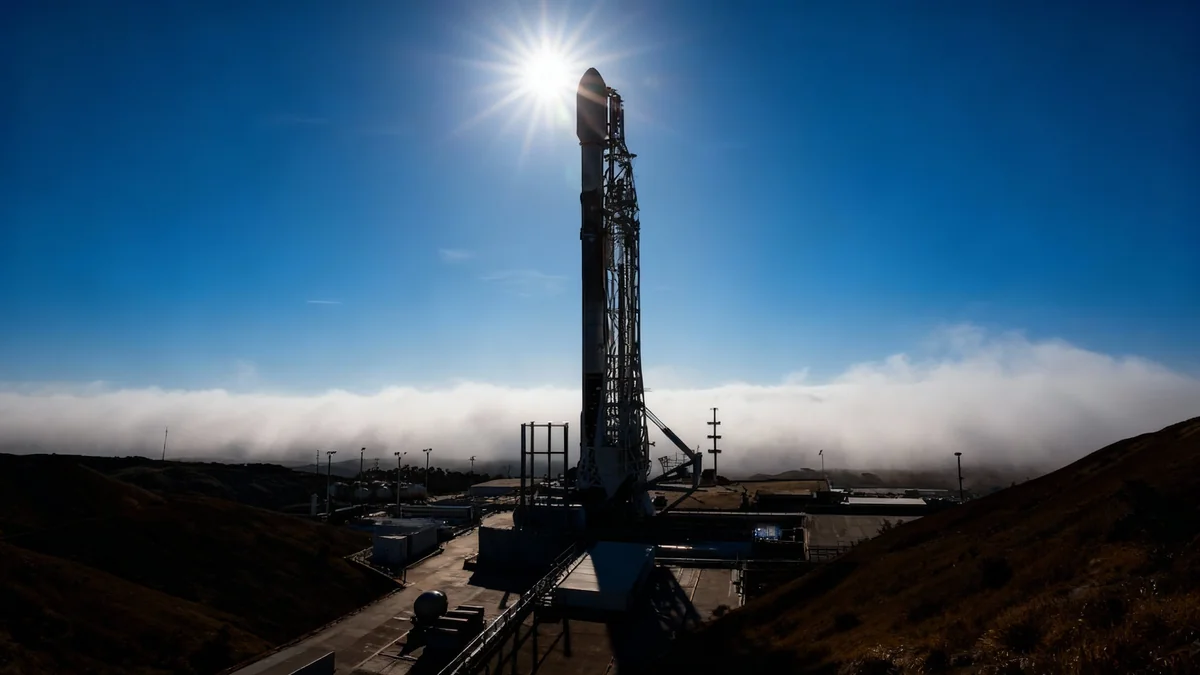Solstar Space, a company based in Santa Fe, New Mexico, has secured a contract from NASA to develop Wi-Fi access points for upcoming lunar missions. The award, part of the Small Business Innovation Research (SBIR) program, provides $150,000 for the initial design phase, which will support both the Artemis and Commercial Lunar Payload Services (CLPS) initiatives.
Key Takeaways
- Solstar Space received a $150,000 NASA contract to design lunar Wi-Fi systems.
- The technology will support NASA's Artemis and CLPS programs.
- The Wi-Fi must function in extreme lunar conditions, including severe temperatures and radiation.
- Initial development will focus on systems for short-duration CLPS missions, followed by radiation-hardened versions for long-term Artemis missions.
NASA Funds Development of Lunar Communication Network
NASA has awarded Solstar Space a six-month, $150,000 contract to create preliminary designs for a comprehensive Wi-Fi network on the Moon. This initiative is a critical step in building the necessary infrastructure for sustained human and robotic presence on the lunar surface. The project falls under the agency's Small Business Innovation Research program, which encourages domestic small businesses to engage with federal research and development.
The primary goal is to create commercial Wi-Fi access points that can be integrated into a wide range of lunar equipment. This includes human landing systems, rovers, scientific instruments, stationary payloads, sensors, and even astronaut spacesuits and tablet computers. According to Solstar, this network is essential for modern space exploration.
"Everything needs to be Wi-Fi enabled," stated Brian Barnett, founder and CEO of Solstar. "This is a great opportunity for us to collaborate with NASA Johnson Space Center, the group that pioneered Wi-Fi inside and outside the International Space Station."
The collaboration aims to leverage NASA's experience with space-based wireless communications to create a robust and reliable system for the Moon.
Background on NASA's Lunar Programs
The contract supports two major NASA efforts. The Artemis program aims to return humans to the Moon for long-term exploration and establish a sustainable presence. The Commercial Lunar Payload Services (CLPS) initiative utilizes commercial partners to deliver science and technology payloads to the lunar surface, often for shorter missions lasting about one lunar day (14 Earth days).
Designing for the Harsh Lunar Environment
Developing technology for the Moon presents significant engineering challenges. Any communication system must operate reliably in an environment with no atmosphere, extreme temperature swings, and high levels of radiation. Solstar's designs must address these factors while also adhering to strict constraints on size, weight, and power (SWaP), which are critical for any space-bound hardware.
"Lunar communications systems will have to withstand the moon’s thermal extremes and meet stringent size, weight and power constraints," Barnett explained. This requires specialized components and innovative engineering to ensure the access points can survive and function.
The Proposed Lunar Wi-Fi Access Point (LWIFI-AP)
Solstar's proposed solution is the Lunar Wi-Fi Access Point (LWIFI-AP). According to the company's announcement, this system is being designed to meet NASA's specific demands for a durable, versatile wireless network.
LWIFI-AP Key Features
- Space-Rated: Built to withstand the vacuum and radiation of space.
- Multi-Mode: Capable of operating in different communication modes.
- Multi-Protocol: Supports various communication standards for compatibility.
- Multi-Band: Operates across multiple frequency bands to avoid interference and ensure reliability.
This system is intended to create a seamless communication web between astronauts, robotic systems, vehicles, and assets in lunar orbit, such as the planned Lunar Gateway station. The goal is to support real-time mission data, navigation, and scientific collaboration.
A Phased Approach for CLPS and Artemis
Solstar plans a two-pronged development strategy based on the different requirements of NASA's lunar programs. The initial focus will be on creating commercial products suitable for the shorter CLPS missions.
"Based upon the preliminary designs, we want to build commercial products to fly on a CLPS mission as soon as possible," Barnett said. These missions, lasting approximately 14 Earth days, provide an ideal opportunity to test and validate the technology in the actual lunar environment.
In parallel, the company will continue developing more robust, radiation-hardened Wi-Fi access points for the longer and more complex Artemis missions. These crewed missions will require systems that can endure the lunar environment for extended periods, making radiation resistance a top priority.
Enabling a Connected Future on the Moon
The development of a lunar Wi-Fi network is a foundational element for NASA's long-term exploration goals. The agency's technical requirements for Artemis missions explicitly call for Wi-Fi-enabled systems and subsystems. This includes connectivity for the Human Landing System, CLPS payloads, the Lunar Terrain Vehicle, and modules for the Lunar Gateway, such as the Habitation and Logistics Outpost (HALO).
By establishing this wireless infrastructure, NASA aims to improve operational efficiency, enhance astronaut safety, and maximize the scientific return from its missions. A reliable network will allow for the seamless flow of data between numerous assets on and around the Moon.
Barnett emphasized the significance of the project, calling the SBIR award a "milestone for Solstar and for space-based connectivity." He added that the company's objective is to "bring commercial-grade connectivity" to the lunar surface, transforming how missions are conducted and paving the way for a new era of space exploration.





